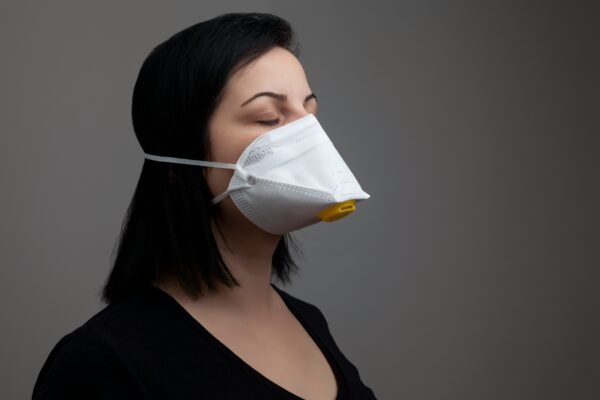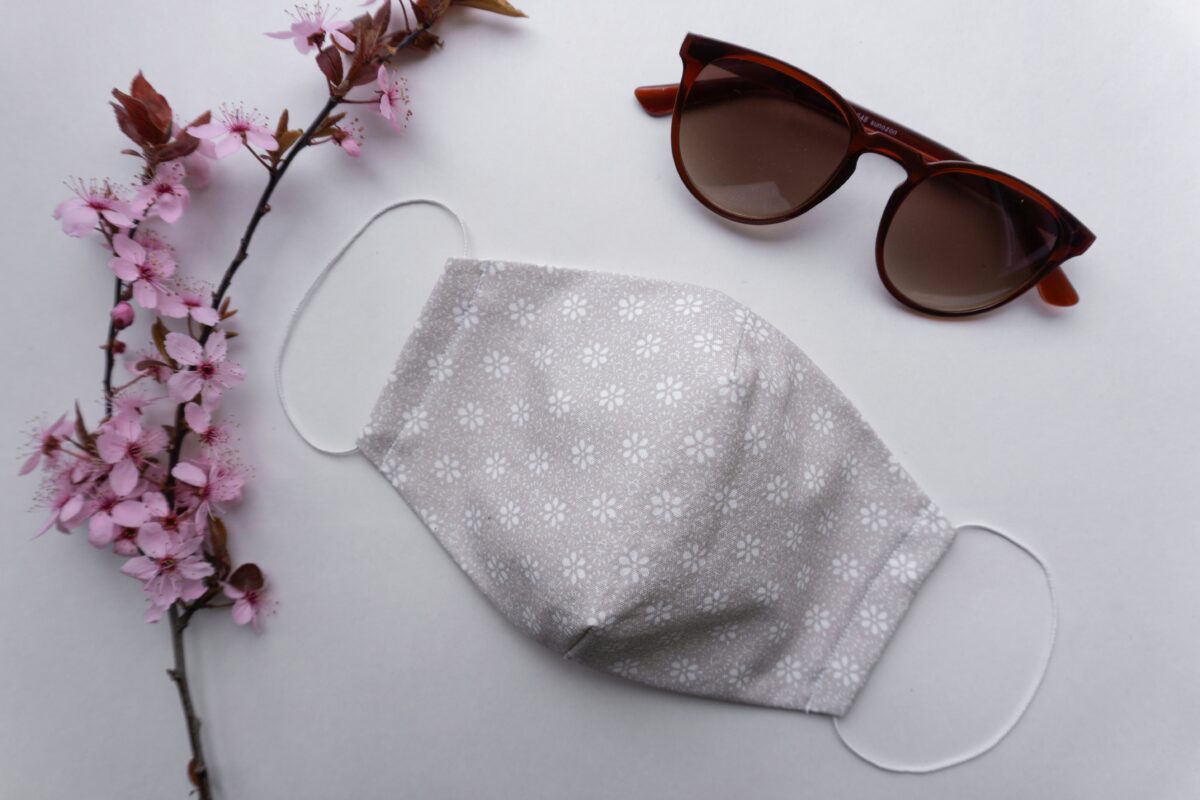Face Masks
Breathable Face Masks: Comfort Meets Safety
In the continuous battle against airborne dangers, the mere action of shielding our faces has emerged as a protective barrier. Face masks have swiftly transitioned from a medical necessity to a fashion statement, and now, they are more comfortable and breathable than ever. But what exactly does the term ‘breathable’ mean in the context of a face mask? And how can you find a mask that not only offers top-tier protection but also feels light and easy on your skin? Read on for more information about selecting the right mask for breathability.
Understanding Breathability in Face Masks
Breathability is more than just being able to breathe through a fabric; it’s about the material’s ability to permit air to pass through it easily, which is crucial for comfortable and extended wear. In medical terms, breathability is often measured in terms of air permeability and resistance to airflow. Interestingly, most high-efficiency particulate air (HEPA) filters not only remove airborne particles effectively but also have a surprisingly high level of breathability, which makes them a valuable asset in making comfortable yet protective face masks.

The Importance of Airflow
A key basis in evaluating mask breathability is airflow resistance. Densely woven or multiple-layer fabrics designed to block out microorganisms may inadvertently create a significant barrier to breathing. The right balance must be struck between blocking particles and allowing unrestricted airflow to enable comfortable respiration. Too much resistance can lead to fatigue and an increased urge to touch the mask, potentially compromising its protective properties.
The Role of Filtration Efficiency
The filtration efficiency of a mask refers to its ability to trap particles of a certain size. The gold-standard for masks, like N95 respirators, boasts a high rate of filtration that can filter the tiniest of pollutants. However, this effectiveness often trades-off with breathability; N95 masks are fitted with exhalation valves to counteract this, but they are not always the go-to for general public use. When considering face masks, one needs to weigh the filtration efficiency against breathability, opting for a mask that offers an optimal balance of both characteristics.
Selecting the Right Breathable Mask for You
Choosing a breathable mask can significantly enhance the user’s experience without sacrificing safety. Here’s how you can select a face mask that keeps you comfortable throughout the day.
Material Matters: Cotton, Polyester, or a Blend?
Cotton is well-known for its breathability, as it allows air and moisture to pass through easily. However, when woven densely, it can become more restrictive. Polyester, typically less breathable, when combined with cotton in a blend, can offer the best of both worlds, creating a more breathable yet still protective fabric. Consider masks made with natural or synthetic fabrics that are soft, cool to the touch, and easy to care for.
Layers and Construction
The principle of multiple layers is pervasive in the mask-making industry, with good reason. A multi-layered mask can significantly improve its filtration efficiency without adding too much to its breathability. In particular, having an inner layer that wicks moisture away from the skin can enhance comfort levels despite an additional layer’s presence. Additionally, a contoured design with enough room around the mouth and nose can allow for more comfortable talking and breathing.
Fit and Adjustability
The best fabric and the most advanced filtration system cannot make up for a poorly fitting mask. Adjustable ear loops, nose wires, and chin support can ensure a snug fit that minimises leaks without constricting airflow. A well-fitted mask reduces the need to adjust it throughout the day, and therefore reduces potential infection risks from unnecessary handling.

The Environmental Impact of Breathable Masks
The surge in disposable mask usage has led to a parallel increase in medical waste, creating challenges for our already overburdened waste management systems. Consequently, there is a growing push towards reusable, environmentally friendly masks. While reusable masks can offer breathability and comfort, their environmental impact must be carefully considered.
Combatting Waste with Reusables
Reusables have the obvious advantage of being used multiple times, reducing the frequency with which one needs to source new masks. They often come with the added benefit of being machine washable, another nod to the sustainability and cost-effectiveness of reusable masks. When choosing a reusable mask for better breathability, opt for those with replaceable filters that can maintain the mask’s protection over time without sacrificing comfort.
Conclusion: Prioritising Your Comfort and Safety
The evolution of face masks has been one of innovation and adaptation, with a focus on finding solutions that address the dual needs of protection and comfort. By understanding the intricacies of breathability in face masks, the role of material and design, and the available technologies, you can make an informed choice that ensures your health and wellbeing are protected without unnecessary discomfort.
Ensuring that your mask allows for easy breathing, stays dry, and remains odour-free will make wearing it a less taxing experience. Additionally, contributing to sustainable practices by opting for reusable or biodegradable masks can be a step towards a healthier planet and a healthier you. Remember, your mask is more than a barrier; it’s a companion in the ongoing battle for public health. Choose wisely, and wear it with the confidence that you are both safe and comfortable.

